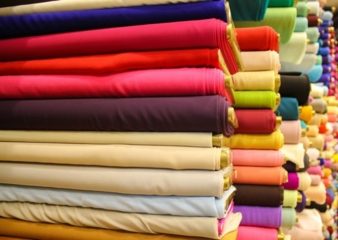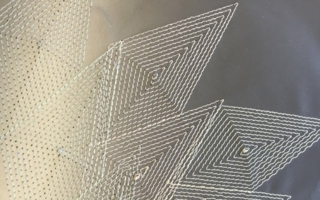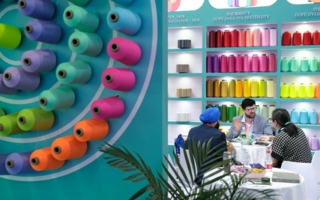26/11/2021 – The doyen of silk testing
A little-known aspect of Uster Technologies
Silk would not normally spring to mind in relation to a company for quality management in traditional yarn spinning, but there is an interesting chapter on silk in the Uster story.
It’s about a man who was dedicated to silk and its use as a delicate fiber for the finest yarns and amazing fabrics. The year 1948 was a major milestone for Uster Technologies, as the first yarn evenness tester was introduced to the market. Peter Haettenschwiler was an assistant involved in the development of the tester and then in showing the diagrams and test results to spinners. Actually, he brought quality management to the mills, where the diagrams were seen as aids to accurate pricing, improved quality and forecasting how the yarns would suit processing stages. In this role, he became Uster’s first textile technologist.
Silk testing progress
Silk is often praised as ‘the queen of all textile fibers’ and a natural wonder. It’s no surprise therefore, that the quality parameters of spun silk fibers were of interest. Haettenschwiler tested silk spun yarn, but it must be said that it was some years along in the manufacturing of raw and spun silk until the first trials were made with commercially available testing systems. In the course of this work, cooperation with experts from silk institutes in Switzerland, Italy and later China were started.
The European silk trade was first to hear about the new test technologies. Early studies quickly showed that even very fine silk could be tested after certain adaptations of the devices. The test results were more neutral, more meaningful and more precise than the data obtained with traditional testing methods.
Based on the test results, certificates were issued, and these were used to set the commercial values of the products. It was especially important for both trade and the subsequent treatment processes that the test results were accurate, so attention was closely focused on optimizing the testing methods.
Silk has never been a big business for Uster – only a niche for which Haettenschwiler showed his passion. There were Uster Statistics editions for both spun silk and raw silk, however, not surprisingly, as Haettenschwiler also played an outstanding role in developing Uster Statistics in its early years and through the decades. This story opens another page of Uster history.
Haettenschwiler died this year on August 17.
Wolfram Soell, Senior Textile Technologist at Uster Technologies AG:
“He was a formative personality for the company and a highly engaged colleague who dedicated his working life to the textile industry with respect to an advanced quality management in staple and filament spinning. Silk was one of his great passions and the development of possible objective quality testing possibilities with Uster products was always his intention and he was always pushing for investigations and publications. We would like to honor his working life and we should inspire future generations of textile professionals with his story.”




